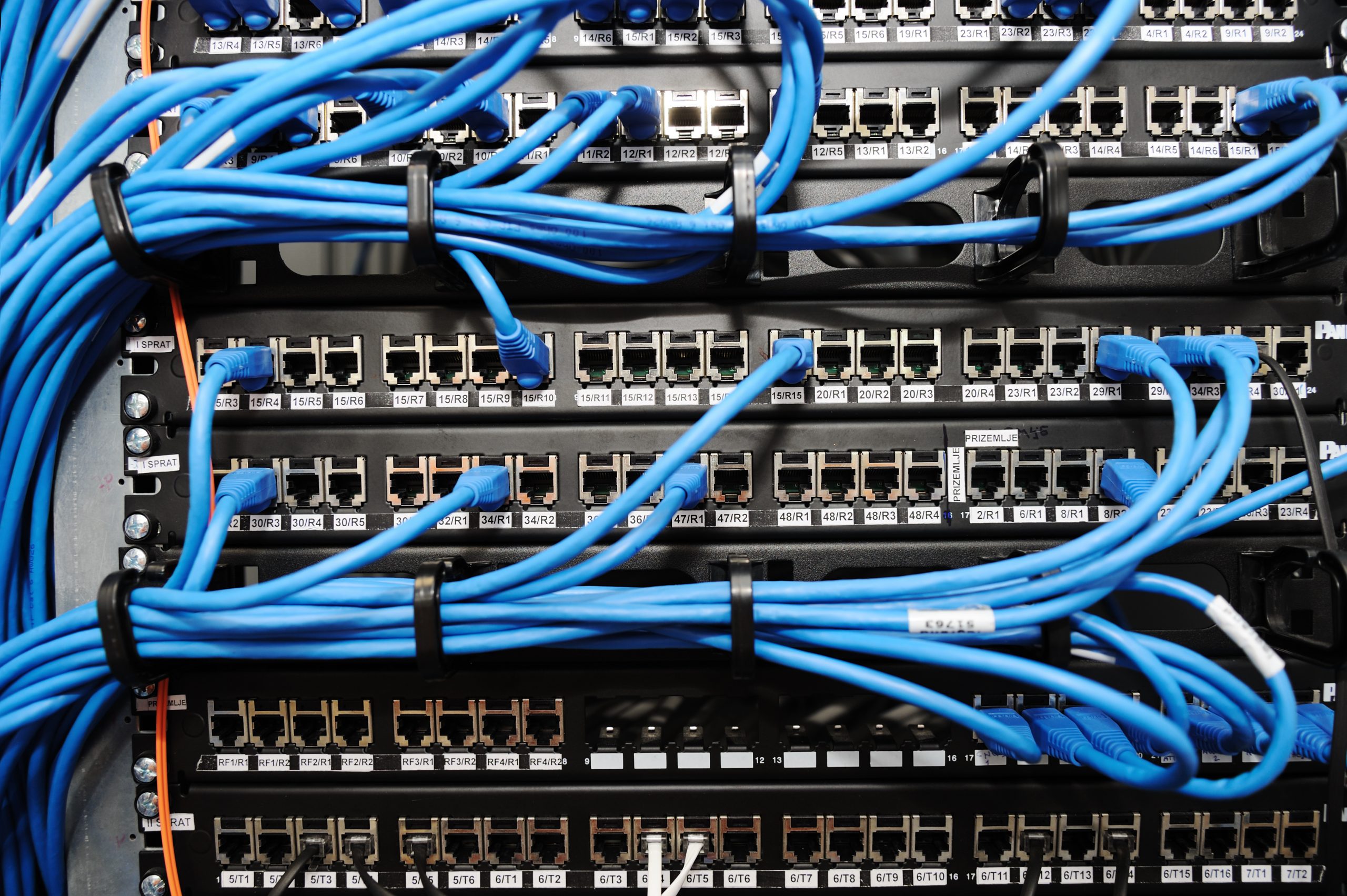
It is fair to say that today’s world is indeed a wired world, where people often use laptops and PCs, smartphones, tablets, and more for work and entertainment alike. Mobile devices such as those laptops and smartphones are designed to get a wireless internet signal while used on the go, and this is very convenient and helpful. Still, cables such as cat6 cables, bulk USB cables, and 100 ft HDMI cables have not been made obsolete. For work computers, home entertainment systems, and more, these cables are quite essential, and crossover cable uses are many. Often, it is IT professionals who will concern themselves with crossover cable uses in the office, along with surge protectors and maintain data centers. When it comes to crossover cable uses, fiber optic cables, and others, it is clear that cables are relevant for just about anything. How might this work?
Cables for Office Uses
Businesses both large and small make good use of computers for their work, and most often, cables will connect those computers to the internet, each other, and more. It may be tempting to use wireless connections, but in a larger office, this is not practical, since dozens of wireless computers would interfere with each other’s signals and overload the provider. Using a wireless laptop in a coffee shop is one thing, while an office will make use of cables for this sort of work.
IT professionals know all sorts of crossover cable uses, where crossover cables can connect two devices of the same type, such as two PCs, or even connect them to switches. And that’s not all. An office will need a solid internet connection for all desktop PCs, and routers and ethernet cables can handle that. An ethernet cable, such as a cat5 cable or a cat6e cable, plugs into a router at one end, and can plug into a computer at the other, making for a solid and secure internet connection free from any interference issues. a typical ethernet cable will have four pairs of copper wires inside to transmit data at high speeds, so an office employee can access the Internet with ease. Most often, these ethernet cables are threaded carefully around the office so they do not pose tripping hazards, and holes can be drilled in the floor to allow cables to pass right through.
An office may use other hardware too, such as surge protectors. What are they? A surge protector is a sort of power strip, which plugs into a wall socket and has enough slots on its body to allow several computer cords to plug right in. If excessive voltage surges through the building for some reason, the surge protector will absorb the excess energy, and prevent harmful levels of voltage from reaching the computers plugged into it. The surge protector is a sort of filter, only allowing safe levels of voltage to enter the computers. This protects computers from getting fried by excess power.
An office manager may also hire outside crews to install a series of fiber optic cables, which are thin glass tubes that can carry pulses of light to transmit data with incredible speeds. This may be necessary to provide an office with a fast enough internet connection. Bonus “dark” cables will be installed too, which may be activated as the office’s internet usage grows in the future.
Cables at Home
A homeowner can use lightning cables to recharge a cell phone’s battery and allow that phone to communicate with a computer, once the USB end is plugged in. Meanwhile, cables are key for creating a home entertainment system. Cables will plug in the sound system, and an HDMI cable can connect a Blu-Ray player, a game console, or a laptop to an HDTV or to a digital projector for high-def visuals. An ethernet cable can plug a game console into a router for access to video streaming and online gaming. Meanwhile, some consumers may want to use 4K cables to connect a computer or game console to a 4K TV for ultra high definition video. Surge protectors may be used in the home, often to protect an expensive, high-end gaming PC from harmful voltage surges that might otherwise damage the PC’s expensive components.
